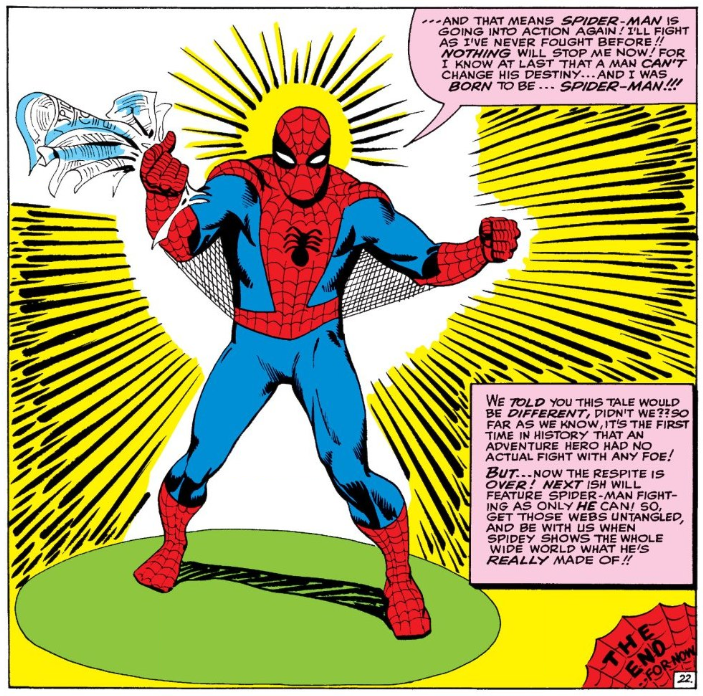Don’t get me wrong, in 1962 Lee and Ditko’s Spider-Man really came out swinging, with some absolutely terrific early issues including the classic first clashes with Doctor Octopus and Sandman. But the ‘villain of the month’ template was in danger of wearing a bit thin; there had been a couple of real clunkers (The Tinkerer, The Living Brain), and there were only so many times that the creators could regurgitate the familiar beats of getting laid low by the villain in the first act, and coming back stronger in the finale. But something really special started to happen as early as issue #7 of The Amazing Spider-Man.
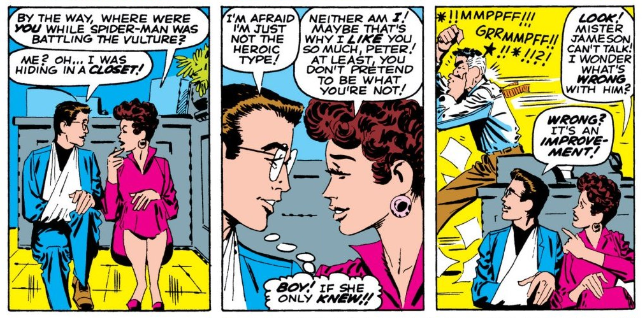
It was almost as if there was a conscious shifting of the gears behind the scenes; the supporting characters in Peter’s home and work became more fully rounded; and although the high level of action was maintained in each issue, a number of longer-form ‘human interest’ b-plots (ie. soap operas) were developed. Opportunities for comedy were exploited much more successfully, particularly at the expense of the Daily Bugle’s antagonistic Publisher J Jonah Jameson. Crucially, the character of Peter Parker began to mature, becoming much more pro-active and likeable. This all came to a head a little after the character’s second anniversary, in a loose trilogy of issues which could be referred to as ‘The Fall and Rise of Spider-Man’ (Amazing Spider-Man #17, #18, #19).
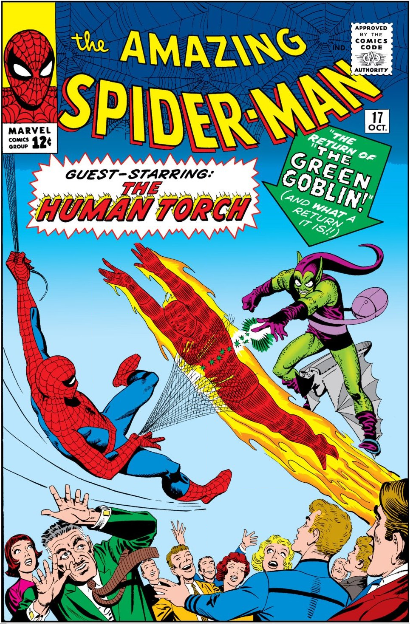
The issues fall into a classic three-act structure. In issue #17 Peter is beginning to struggle with the pressures of keeping his double-identity secret, whilst maintaining an active social life and caring for his ailing Aunt May. In a welcome development from early issues, Peter is no longer a complete social pariah amongst his peer group, but is actually suffering from the attention of too many women (a twist I assume Lee picked up from the Archie comics of the time). Although the issue sticks with tradition by having Spidey involved in yet another super-villain fight, the ending breaks from the norm by having Peter abandon the battle and (albeit temporarily) give up his adventurous alter-ego.
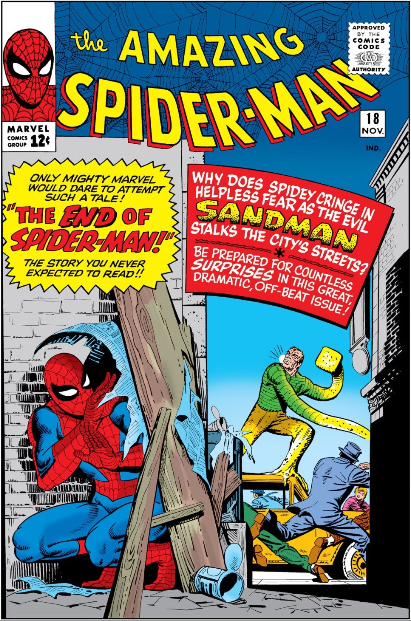
Issue #18 therefore has the distinct honour of being the first issue of the series where the hero doesn’t actually have a single battle with a super-villain. To Lee and Ditko’s credit, they managed to slip in a fair amount of fisticuffs, but this issue is really an opportunity for all the ongoing human-interest b-plots to reach a head. The surprise star of the issue is actually school bully Flash Thompson, who is given the space here to blossom into a truly sympathetic, but still frustratingly hostile foil for Peter.
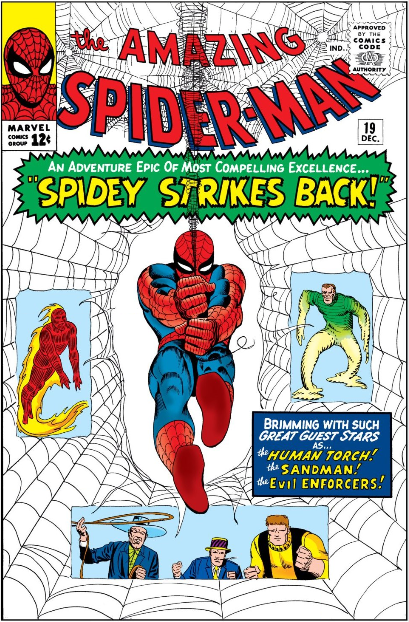
Issue #19 is then the ‘Return of the Jedi’ of the trilogy, in which Spidey swings back into action; saves the day and falls back into good favour with the general public (much to the dismay of J Jonah Jameson, in a sequence which is a series highlight for me). This issue, much like the previous two, had some extended cameo’s from the breakout star of The Fantastic Four, Johnny Storm, and really built on the somewhat respectful rivalry that the two young heroes had built up over their various meetings in the previous issues. In fact, thematically the whole trilogy feels like a climax to the first two years of Spidey’s adventures, effectively capping off what could be considered an extended origin for the web-slinger. It was a creative high-point for the series too, with Ditko’s artwork being more confident and dynamic than ever, and Lee’s script landing some genuinely hilarious gags.
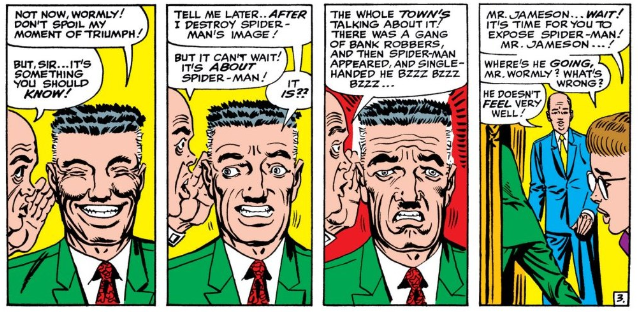
These 3 issues, and the ones leading up to them, are collected in the Amazing Spider-Man Masterworks collections vol 1 and vol 2, and I’d give them the highest recommendation to anyone that has been enjoying Spidey’s recent blitz of appearances on the big and small screen.
